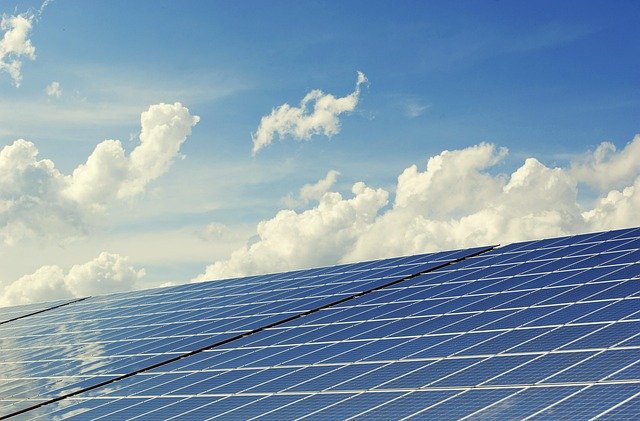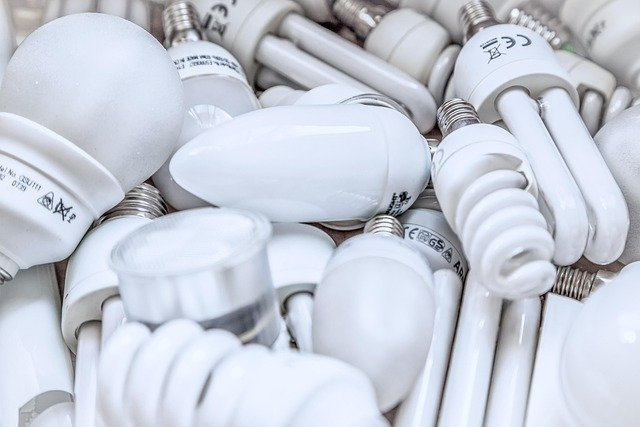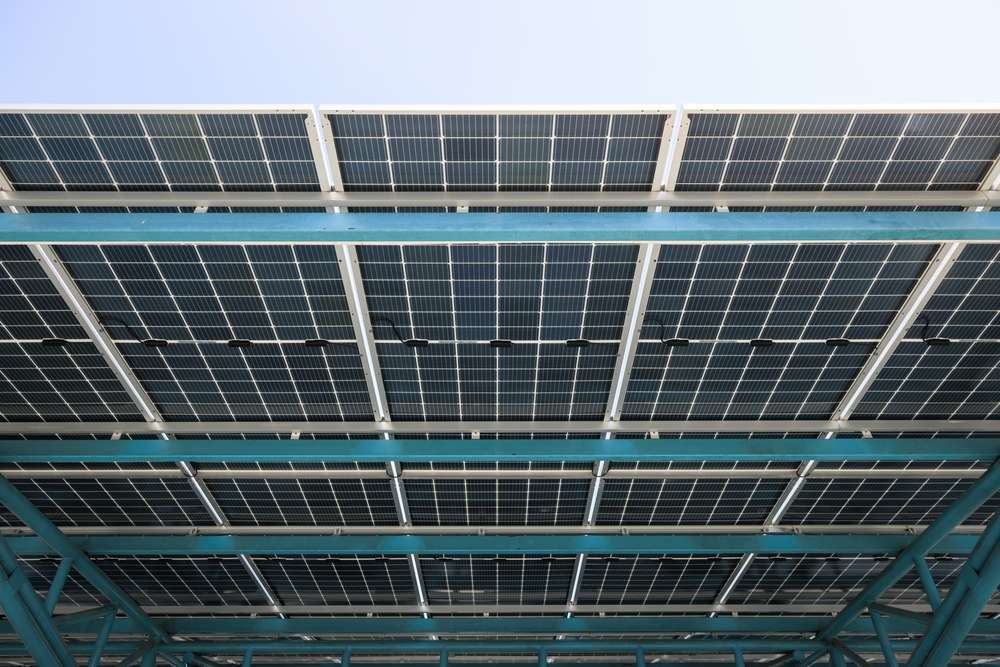Everything You Need to Know About Solar Panels
Solar panels represent a significant advancement in renewable energy technology, offering homeowners and businesses a sustainable way to generate electricity while reducing their carbon footprint. As solar technology continues to evolve and become more accessible, understanding how these systems work and what benefits they provide has become increasingly important for those considering the transition to clean energy.

Solar panels have transformed from a niche technology to a mainstream energy solution embraced worldwide. These photovoltaic systems capture sunlight and convert it into usable electricity, providing a renewable alternative to traditional fossil fuels. Whether you’re considering solar for your home or simply curious about this technology, this comprehensive guide covers everything from basic operations to long-term maintenance considerations.
What Are Solar Panels and How Do They Work?
Solar panels work through the photovoltaic effect, a process that converts sunlight directly into electricity. Each panel consists of many smaller units called solar cells, typically made from silicon—a semiconductor material that can generate an electric current when exposed to photons from sunlight. When photons strike the silicon cells, they knock electrons loose from their atoms, allowing them to flow freely and create electricity.
This generated electricity starts as direct current (DC) but must be converted to alternating current (AC) through an inverter before it can power most household appliances and connect to the electrical grid. The entire process is silent, produces no emissions, and requires no fuel other than sunlight, making it one of the cleanest energy production methods available.
Modern solar panels can generate electricity even on cloudy days, though their efficiency decreases with reduced sunlight. Technological advancements continue to improve efficiency rates, with some premium panels now converting more than 22% of available sunlight into usable electricity.
What Are the Main Components of a Solar Panel System?
A complete solar energy system extends beyond just the panels themselves. Understanding each component helps explain how these systems function as a cohesive unit:
-
Solar panels (modules): The visible rectangular panels that capture sunlight and generate DC electricity.
-
Inverter: Converts the DC electricity produced by panels into AC electricity used by most appliances and the power grid. Modern systems may use string inverters (one central unit), microinverters (attached to each panel), or power optimizers (a hybrid approach).
-
Mounting system: The framework that secures panels to your roof or ground mounts, typically made from aluminum rails with specialized clamps.
-
Battery storage (optional): Allows excess electricity to be stored for later use, particularly valuable during nighttime or power outages. Technologies include lithium-ion, lead-acid, and emerging saltwater batteries.
-
Monitoring system: Tracks energy production, consumption, and system performance, often accessible through smartphone apps or web interfaces.
-
Electrical safety equipment: Including disconnect switches, surge protection devices, and specialized wiring designed for outdoor exposure and longevity.
The quality and compatibility of these components significantly influence the overall performance and longevity of a solar installation.
What Are the Pros and Cons of Using Solar Energy?
Solar energy offers numerous advantages but also comes with certain limitations worth considering before installation:
Advantages:
-
Reduced electricity bills: Solar panels can significantly lower monthly energy costs, with some systems capable of eliminating utility bills entirely.
-
Environmental benefits: Solar produces clean energy with no greenhouse gas emissions during operation, reducing your carbon footprint.
-
Energy independence: Generating your own electricity reduces reliance on utility companies and insulates against rising energy prices.
-
Government incentives: Many regions offer tax credits, rebates, and other financial incentives that substantially reduce installation costs.
-
Increased property value: Homes with solar installations typically sell faster and at higher prices than comparable non-solar properties.
Disadvantages:
-
Initial investment: Despite decreasing costs, the upfront installation expense remains significant for many households.
-
Weather dependence: Energy production varies with sunlight availability, making systems less efficient during cloudy weather or winter months.
-
Space requirements: Sufficient unshaded roof or land area is necessary for effective installation.
-
Storage challenges: Without battery systems, excess daytime production cannot be used at night, though grid-tied systems address this through net metering.
-
Aesthetic considerations: Some homeowners or neighborhood associations may have concerns about the visual impact of panels.
How Long Do Solar Panels Last and What Maintenance Do They Need?
Solar panels are remarkably durable energy-producing assets with minimal maintenance requirements. Most quality solar panels come with warranties of 25-30 years, though they typically continue producing electricity well beyond this period, albeit with gradually declining efficiency. Manufacturers generally guarantee that panels will maintain at least 80% of their original production capacity after 25 years.
Maintenance requirements are surprisingly minimal compared to other home systems. Panels are designed to be self-cleaning with rainfall in many climates, though occasional cleaning may be beneficial in dusty regions or areas with minimal precipitation. This typically involves rinsing panels with water and using a soft brush to remove stubborn debris—no harsh chemicals required.
Regular maintenance tasks include:
- Visual inspections (2-4 times yearly) to check for physical damage or debris accumulation
- Monitoring system performance through provided software to detect any unexpected drops in production
- Ensuring surrounding trees don’t grow to cast shade on panels
- Professional inspection every 5-10 years to check electrical connections and mounting hardware
Inverters typically have shorter lifespans of 10-15 years, so most solar owners should expect to replace this component at least once during their system’s lifetime.
What Are the Costs and Financial Considerations of Solar Panels?
The economics of solar energy have improved dramatically in recent years, making systems increasingly accessible to homeowners. Several factors influence the total cost of installation, including system size, panel quality, roof complexity, and local labor rates.
Here’s a comparison of typical residential solar panel systems available in the market:
| System Type | Average System Size | Typical Cost Range | Estimated Annual Savings | Payback Period |
|---|---|---|---|---|
| Economy | 4-6 kW | £6,000-£8,000 | £400-£600 | 10-15 years |
| Standard | 4-6 kW | £8,000-£10,000 | £500-£700 | 8-12 years |
| Premium | 4-6 kW | £10,000-£14,000 | £600-£800 | 10-14 years |
| Premium+Battery | 4-6 kW + 5-10kWh | £14,000-£18,000 | £700-£900 | 12-16 years |
Prices, rates, or cost estimates mentioned in this article are based on the latest available information but may change over time. Independent research is advised before making financial decisions.
Beyond installation costs, financial considerations include available incentives, financing options, and potential income from feed-in tariffs or renewable energy certificates. Many homeowners find that solar systems provide returns comparable to traditional investments when considering long-term energy savings.
The economics become particularly favorable when installing solar on new construction or during roof replacement, as integration costs are reduced. Additionally, as electricity prices continue to rise in many regions, the financial case for solar strengthens further.
Conclusion
Solar panel systems represent a proven technology that offers environmental benefits alongside potential financial advantages. Understanding how these systems work, what components they include, their advantages and limitations, maintenance requirements, and cost considerations provides a foundation for making informed decisions about solar energy. As technology continues to advance and costs decrease further, solar energy will likely play an increasingly important role in our transition to sustainable energy sources.




